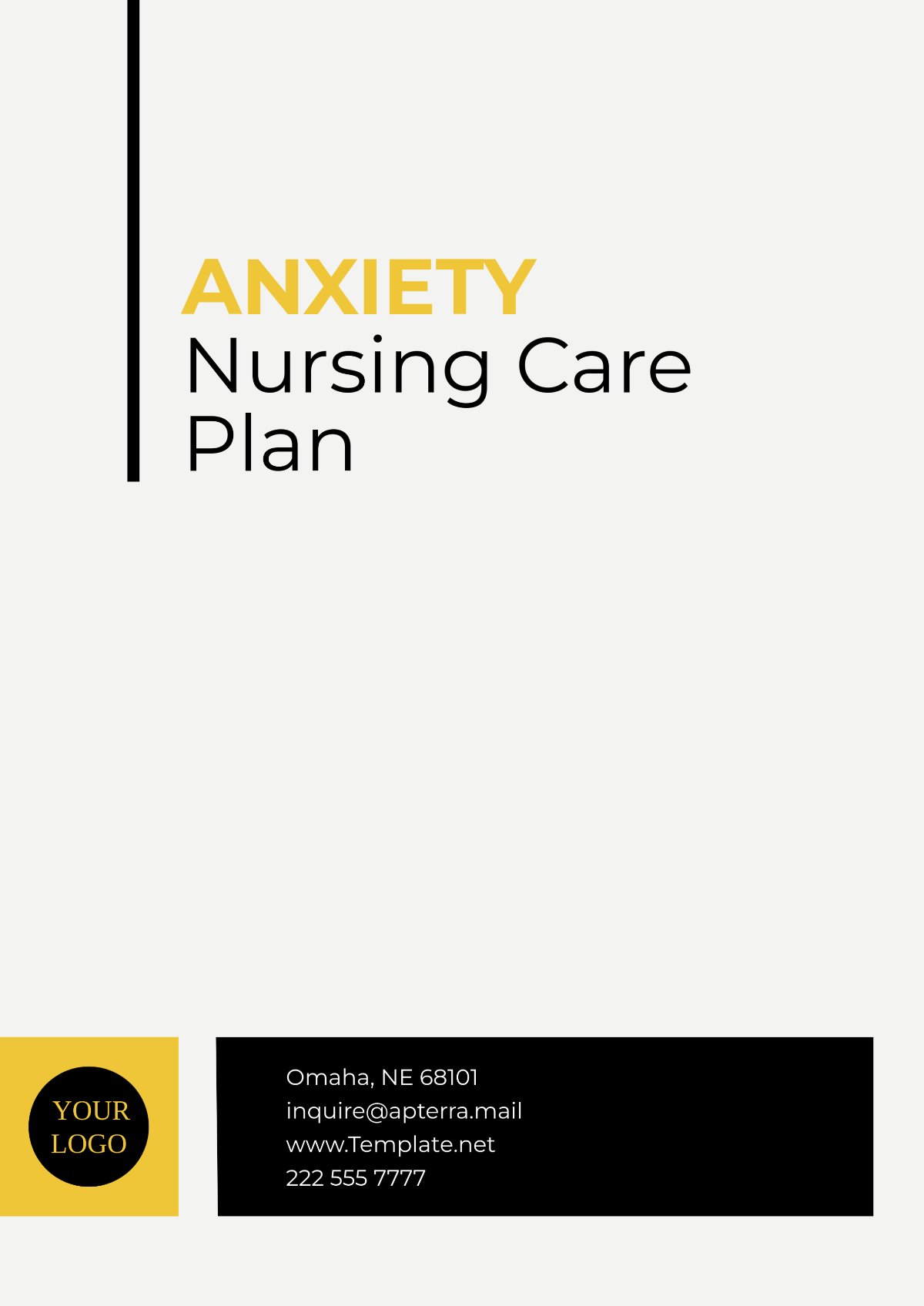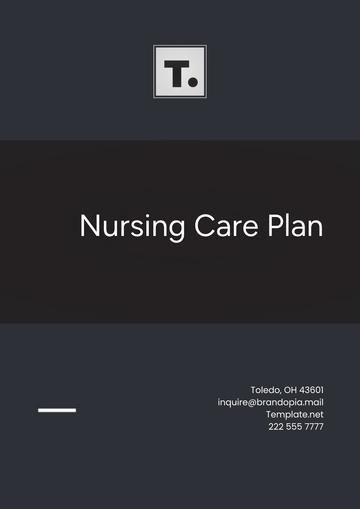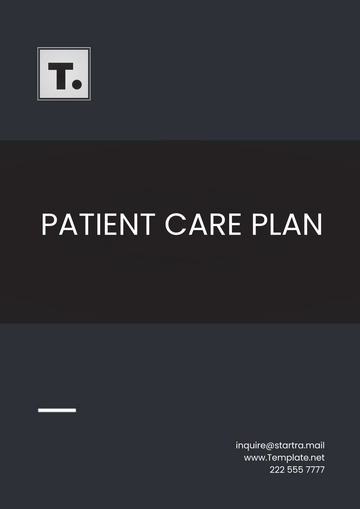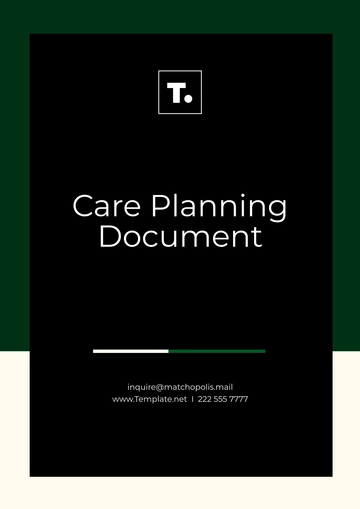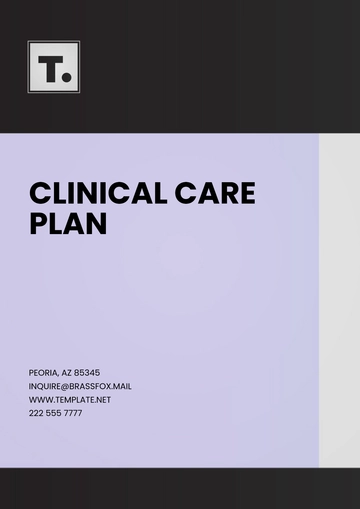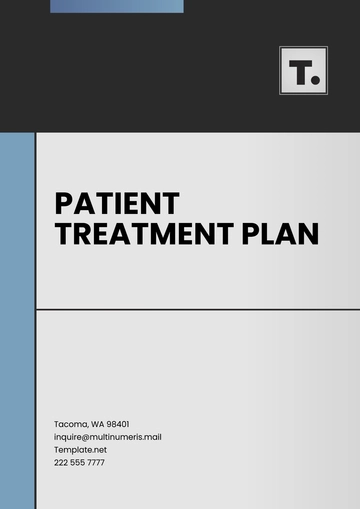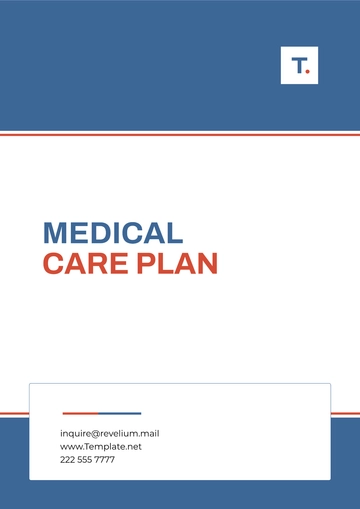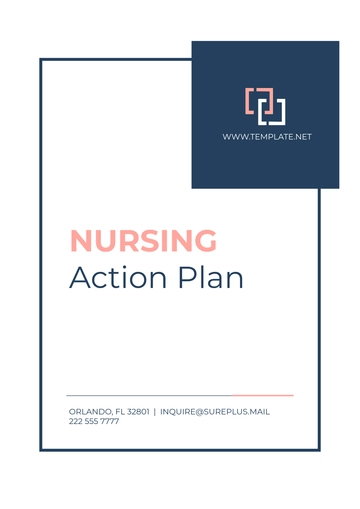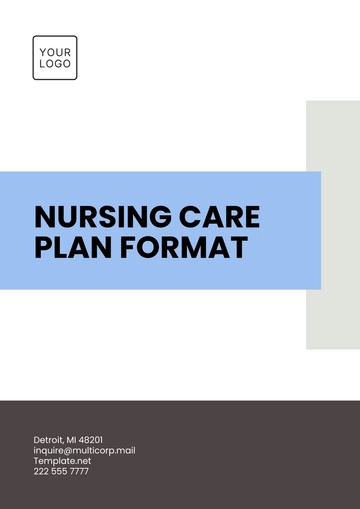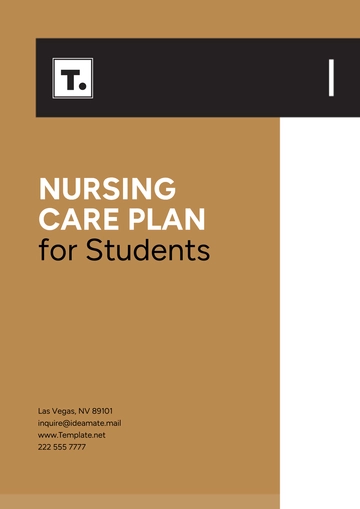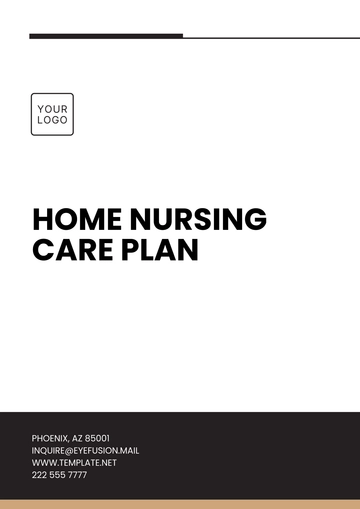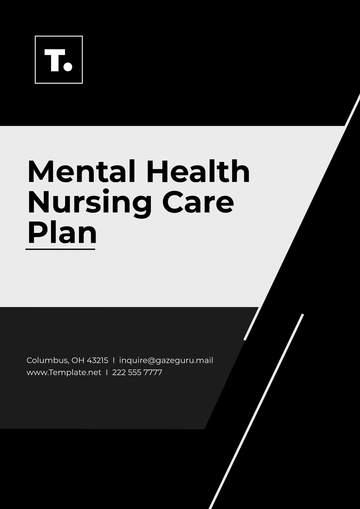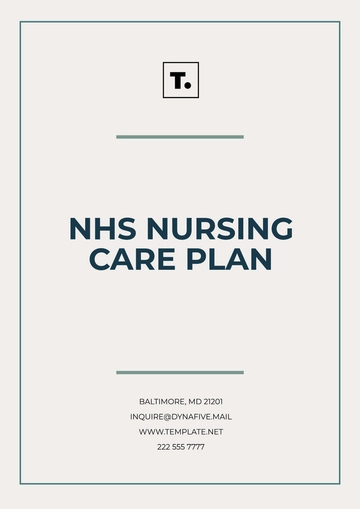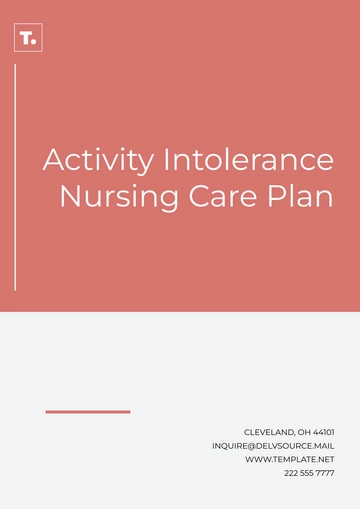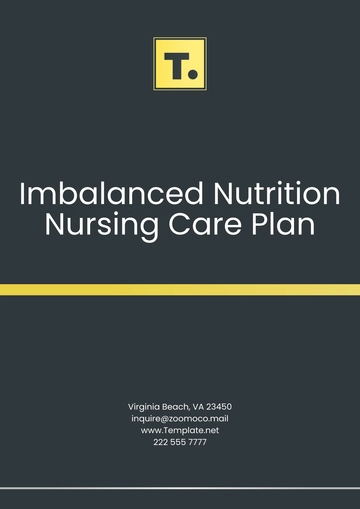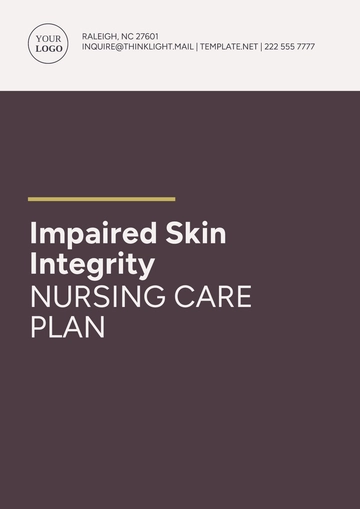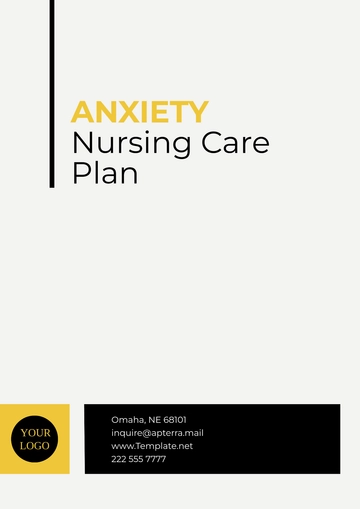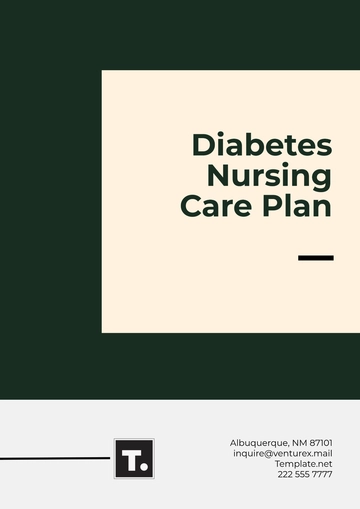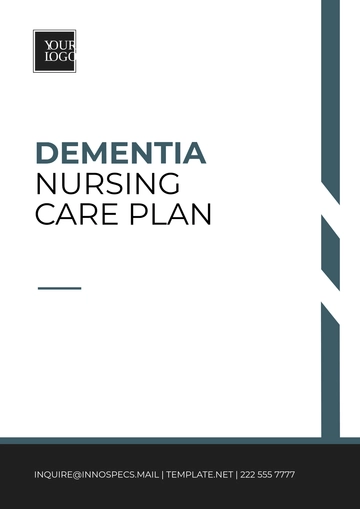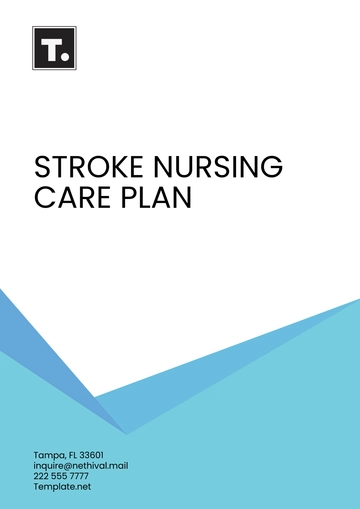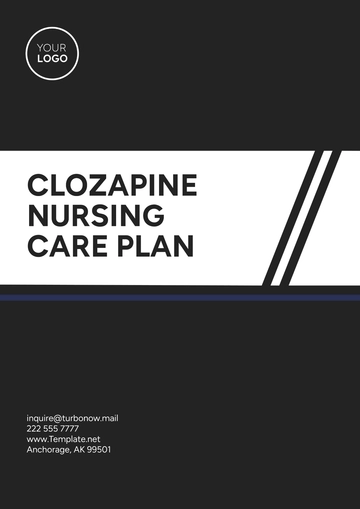Anxiety Nursing Care Plan
Prepared by: [YOUR NAME]
[YOUR EMAIL]
Patient Information
Assessment
Assessment Data | Symptoms/ Findings | Patient Reported | Objective Findings | Additional Notes |
|---|
Emotional state | Excessive worry | "I can't stop worrying about everything." | Fidgeting, tense posture, difficulty concentrating | Complaints of restlessness and insomnia |
Physiological state | Increased heart rate, dry mouth | "I feel like my heart is racing." | Elevated BP: 150/95, pulse: 110 bpm | Signs of physical tension observed |
Coping mechanisms | Ineffective coping | "I don't know how to deal with this anxiety." | N/A | Difficulty using relaxation strategies |
Nursing Diagnosis
Anxiety related to situational stressors, as evidenced by excessive worry, restlessness, and increased physiological symptoms.
Ineffective coping related to lack of coping strategies for stress management, as evidenced by verbalization of distress and failure to implement relaxation techniques.
Goals & Expected Outcomes
Goal | Expected Outcome | Timeframe | Evaluation |
|---|
Goal 1: Reduce anxiety symptoms to a manageable level. | Patient will report a decrease in anxiety level from 8/10 to 4/10. | By January 20, 2050 | Anxiety scale will be reassessed. |
Goal 2: Enhance coping mechanisms. | Patient will demonstrate the use of at least two relaxation techniques. | By January 22, 2050 | Patient will practice coping strategies daily. |
Goal 3: Improve physiological stability. | Vital signs will return to baseline: BP < 130/80, pulse < 80 bpm. | By January 20, 2050 | Vital signs will be reassessed daily. |
Nursing Interventions
Intervention | Rationale | Timeframe | Evaluation |
|---|
Educate patient on relaxation techniques, such as deep breathing and progressive muscle relaxation. | These techniques can help manage anxiety and physical symptoms. | Immediately upon admission | Patient will demonstrate breathing techniques by January 18, 2050. |
Establish a quiet, calm environment to reduce external stressors. | A calm environment helps lower physiological responses to anxiety. | Ongoing, daily check | Assess room for quietness and comfort. |
Provide patient with coping strategies and encourage journaling. | Journaling can help process emotions and clarify thoughts. | Within the first 48 hours | Patient will start a journal by January 17, 2050. |
Monitor vital signs (heart rate, blood pressure) every 4 hours. | Monitoring ensures that physiological symptoms are tracked and addressed early. | Every shift (q4h) | Vital signs will be stable within 24 hours. |
Encourage patient to engage in light physical activity, such as walking. | Physical activity can help alleviate tension and improve mood. | Begin within 24 hours | Patient will walk for 10-15 minutes daily. |
Evaluation
Goal | Outcome | Status | Date of Evaluation |
|---|
Goal 1: Reduce anxiety symptoms to a manageable level. | Anxiety decreased to 4/10. | Met | January 20, 2050 |
Goal 2: Enhance coping mechanisms. | Patient demonstrated breathing exercises and journaling. | Met | January 22, 2050 |
Goal 3: Improve physiological stability. | Vital signs stable: BP 125/80, pulse 76 bpm. | Met | January 20, 2050 |
Date Prepared: January 15, 2050
Next Review Date: January 22, 2050
Plan Templates @ Template.net
